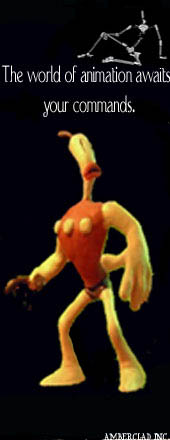 Shaun the Sheep, the unlikely hero from A Close Shave has done quite well for himself since then. He got his own show, which won numerous awards, and he's coming back for another round with the second series of his show.
Shaun the Sheep, the unlikely hero from A Close Shave has done quite well for himself since then. He got his own show, which won numerous awards, and he's coming back for another round with the second series of his show.A lot of changes have been made for the new series. The first thing most people will notice is that some of the characters have undergone makeovers, some as big as Bowser's new white splotches and some as small as the farmer's scruffier face.
A cart load of new characters has also been added to the show, and some of the minor characters from the first series have been given bigger parts.
The show is now being shot in HD, and the new crispness is definitely visible!
The show is already being aired in the UK and a few other nations, but I could not find any air dates for the USA.
For more information you can check out the Series 2 Production Blog on the Shaun the Sheep website.























